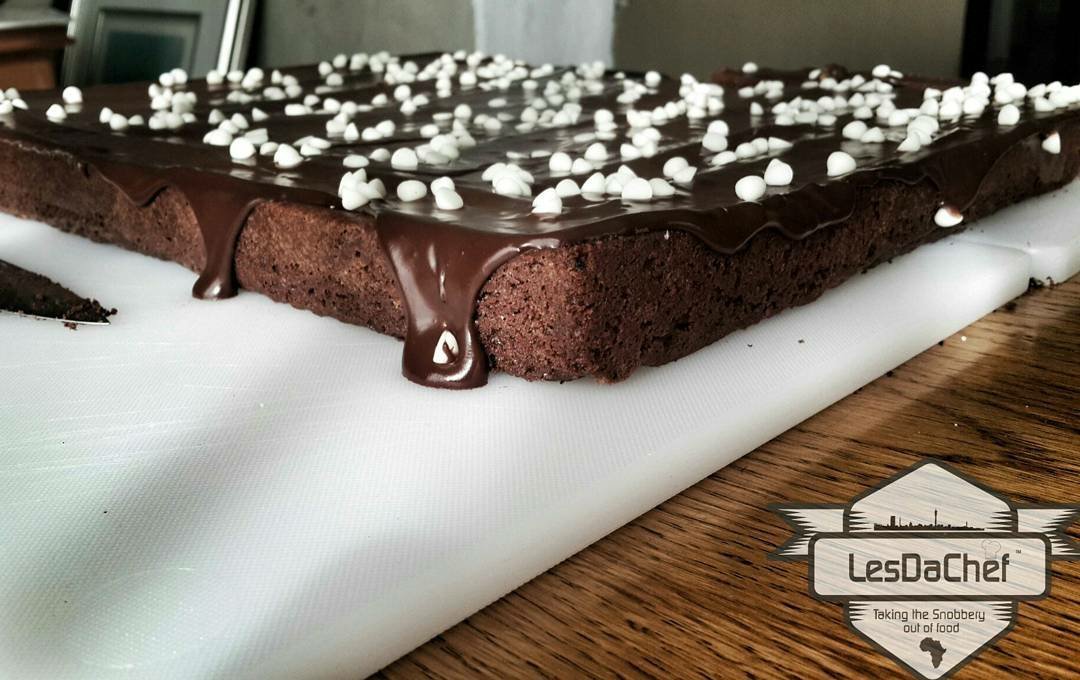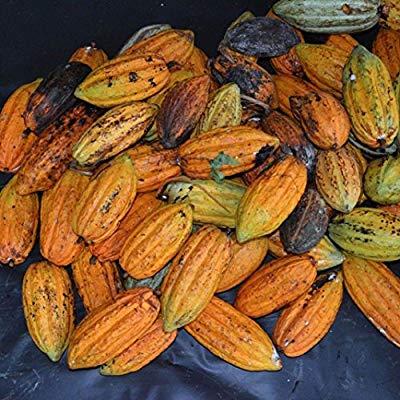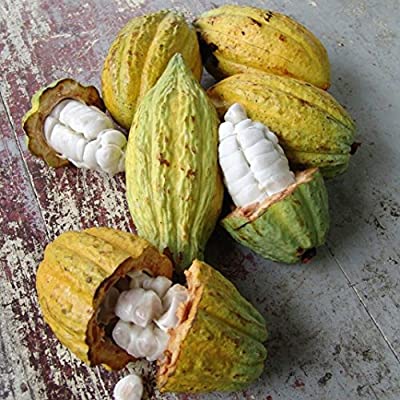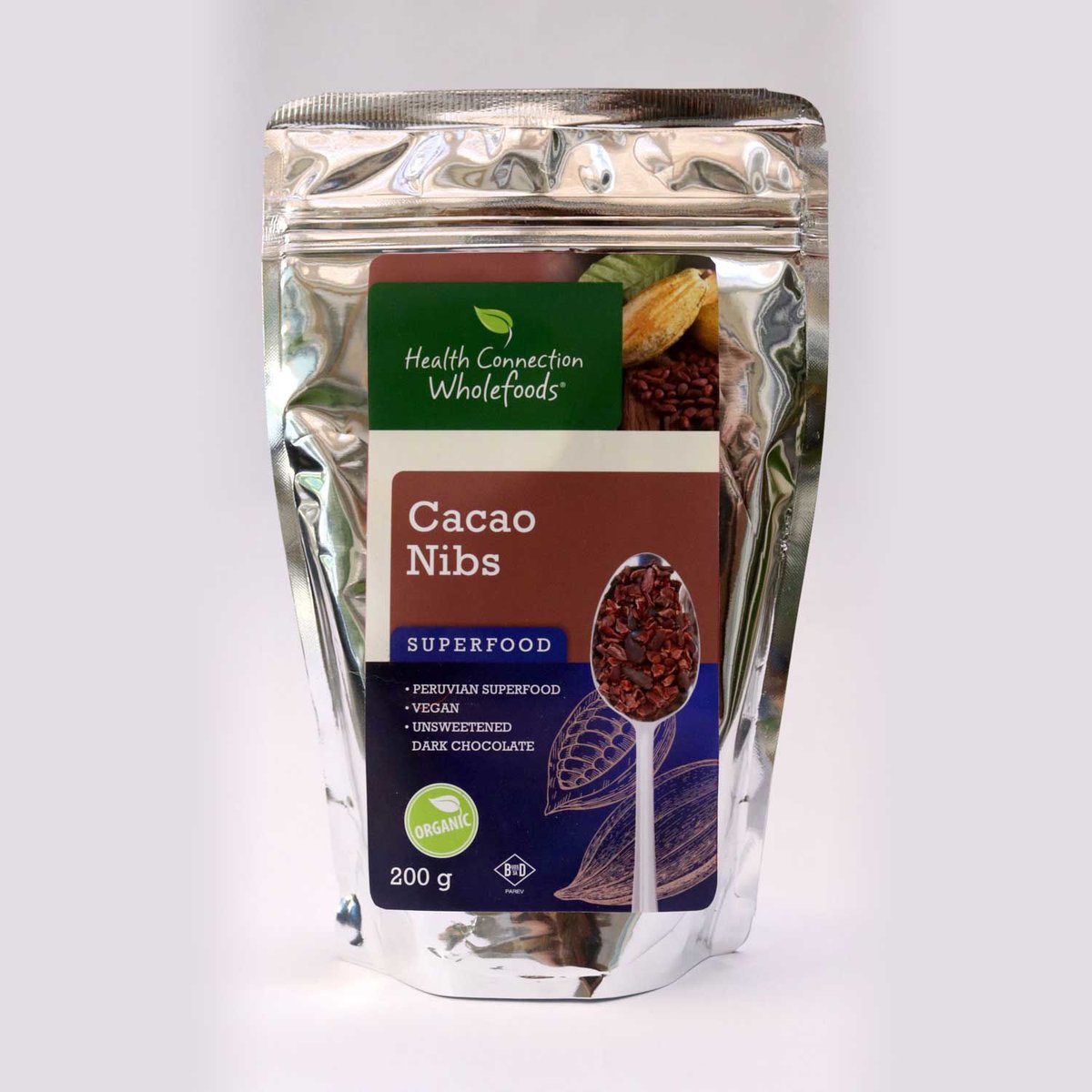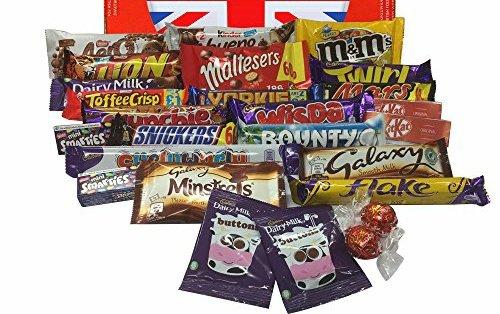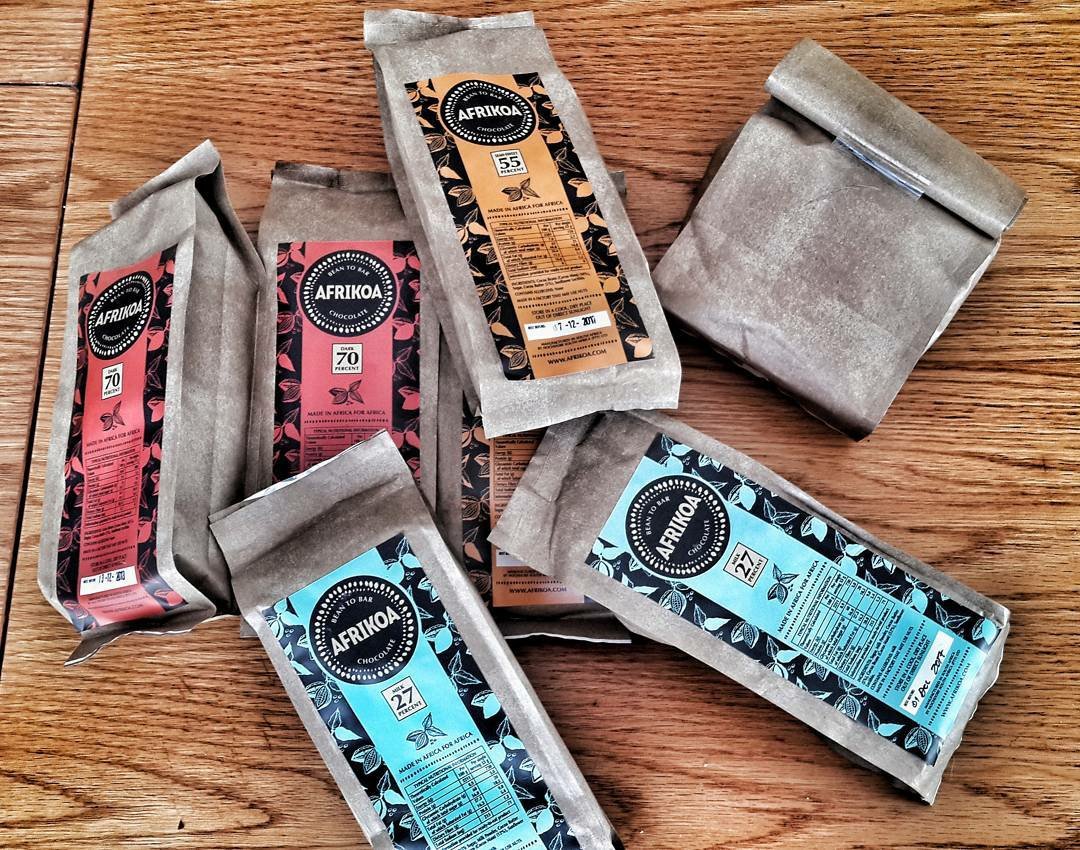Let& #39;s start at the beginning. Where chocolate comes from and why it is so important to Africa.
Originally harvested by the Incas in ancient MesoAmerica (now Central America, from Mexico down to the Amazon), Cacao Theobroma is the name of the tree that produces cocoa beans.
Originally harvested by the Incas in ancient MesoAmerica (now Central America, from Mexico down to the Amazon), Cacao Theobroma is the name of the tree that produces cocoa beans.
The term "Cacao Theobroma" means "Food of the gods" in Greek. Cocoa beans were so valuable they were used as currency at one stage. Locals drank a drink made of roasted cocoa beans.
Enter the Spanish explorers/colonisers...
Enter the Spanish explorers/colonisers...
The priests who traveled with the Spanish explorers took a few cocoa beans back with them to Europe and spread the word about this new drink from "the new world". Cocoa was initially only consumed as a bitter drink, like coffee.
Unfortunately cacao trees need a tropical environment to grow. Central and South America are a bit of a distance from Europe. So where is the next closest tropical environment? You guessed it. Africa.
Plantations were planted in conquered African regions, particularly West Africa and to this day 70% of the world& #39;s cocoa is grown in Africa.
A cacao tree only starts bearing fruit after 4-5 years. So it& #39;s an expensive exercise for the farmers. The tree bears fruit for 25 years.
A cacao tree only starts bearing fruit after 4-5 years. So it& #39;s an expensive exercise for the farmers. The tree bears fruit for 25 years.
The fruit bearing and harvesting is only the start of the hectic process of producing usable cocoa. Farmers of cocoa trees have been famously exploited and underpaid. Similar to farmers of coffee beans.
This is what a cocoa fruit looks like. Its about the size of a pawpaw. The cocoa beans are inside those white capsules.
The cocoa beans are harvested by hand mostly, coz machines will damage the plant. The process is mostly manual. Once the pods are removed from the fruit they are fermented in large trays for about a week. The fermentation is where that chocolate taste and smell comes from
That white sac around the beans falls off after fermentation and then the beans are exposed. They are left to dry in the sun for about 5 days. This is also manually done, the farmers stir and turn the beans every few hours to make sure they dry evenly.
If you& #39;re wondering why this isn& #39;t done using machinery...It& #39;s been done before and some companies do use modern methods but the industry and experts reckon the best cocoa beans are the ones turned and dried manually by hand.  https://abs.twimg.com/emoji/v2/... draggable="false" alt="🙃" title="Auf den Kopf gestelltes Gesicht" aria-label="Emoji: Auf den Kopf gestelltes Gesicht">
https://abs.twimg.com/emoji/v2/... draggable="false" alt="🙃" title="Auf den Kopf gestelltes Gesicht" aria-label="Emoji: Auf den Kopf gestelltes Gesicht">
The beans are then cleaned and bagged. Some chocolatiers prefer to roast their own beans as this gives them control of how strong they can make the flavour. Others don& #39;t mind buying already roasted beans. The roasting process breaks the beans up and removes them from their hulls
Why am I explaining this process? So when you see the price of real chocolate compared to the price of candy bars, you& #39;ll understand why.  https://abs.twimg.com/emoji/v2/... draggable="false" alt="🙏🏾" title="Folded hands (durchschnittlich dunkler Hautton)" aria-label="Emoji: Folded hands (durchschnittlich dunkler Hautton)">
https://abs.twimg.com/emoji/v2/... draggable="false" alt="🙏🏾" title="Folded hands (durchschnittlich dunkler Hautton)" aria-label="Emoji: Folded hands (durchschnittlich dunkler Hautton)">
The part of the cocoa bean that is left after the roasting process is called cocoa nibs. This is where your chocolate comes from. You can actually buy cacao nibs in the health section at the supermarket. Full of antioxidants, vitamins and other superfood stuff
What happens with the cacao nibs is what will determine what type of chocolate you& #39;ll get. The nibs are around 55% cocoa butter and are then ground down. Because of heat the cocoa butter melts and after being ground down the chocolate liquor is split into butter and solids.
The cocoa solids are what gives you that hard chocolate that you know but to make it melt in your mouth you need other ingredients. So for dark chocolate cocoa butter, sugar and vanilla is added. Every manufacturer has their own recipe. The process was created in Britain
Dark chocolate isn& #39;t to everyone& #39;s liking, so a Swiss man started fiddling with the process and added Condensed Milk and milk chocolate was born. Milk chocolate is dark chocolate with the addition of milk solids and fats. Well, proper milk choc that is. No veg fat.
That& #39;s the simplified story and explanation. True chocolate only has about 5 - 6 ingredients in it. These things here are candy bars, not chocolate. Cadbury invented the candy bar almost 200yrs ago.
White chocolate technically isn& #39;t chocolate as it doesn& #39;t have any cocoa solids in it. It is the same ingredients as milk chocolate without the cocoa. It also isn& #39;t as regulated as dark and milk chocolate are. So when a recipe asks you to use white choc, read the ingredients
Onto the economy of things. The chocolate industry is valued at $110 billion a year. Remember I mentioned earlier that 70% of the world& #39;s cocoa is grown in Africa? According to the Smithsonian, Africa makes about $6 billion from this amount.
Europe exports about $20billion worth of chocolate products a year...even though cocoa isn& #39;t grown there.
The economics of chocolate https://www.smithsonianmag.com/arts-culture/economics-chocolate-180954224/">https://www.smithsonianmag.com/arts-cult...
The finances behind chocolate... https://blog.oup.com/2015/02/economics-chocolate/">https://blog.oup.com/2015/02/e...
Ok, back to the chef stuff. The most sought after chocolate is couverture chocolate. It is smoother than normal chocolate as the cocoa nibs are ground finer and therefore has a more velvety texture.
To work with couverture chocolate you need to temper it though.
To work with couverture chocolate you need to temper it though.
There are different methods to tempering chocolate, there are also machines that you can buy that will do it for you but I prefer the old school method of using a marble table and a spatula. You need a thermometer to gauge the heat of the choc. There are 6 types or fats in choc
I won& #39;t get into all that technical stuff. Will save it for my Youtube channel so I can demonstrate what I mean.
If you want to support an ethical chocolate maker who pays farmers a fair amount and makes the chocolate right here in Africa, bean to bar, check out @afrikoa.
If you want to support an ethical chocolate maker who pays farmers a fair amount and makes the chocolate right here in Africa, bean to bar, check out @afrikoa.
https://twitter.com/LesDaChef/status/1237090446997848067?s=19">https://twitter.com/LesDaChef...

 Read on Twitter
Read on Twitter